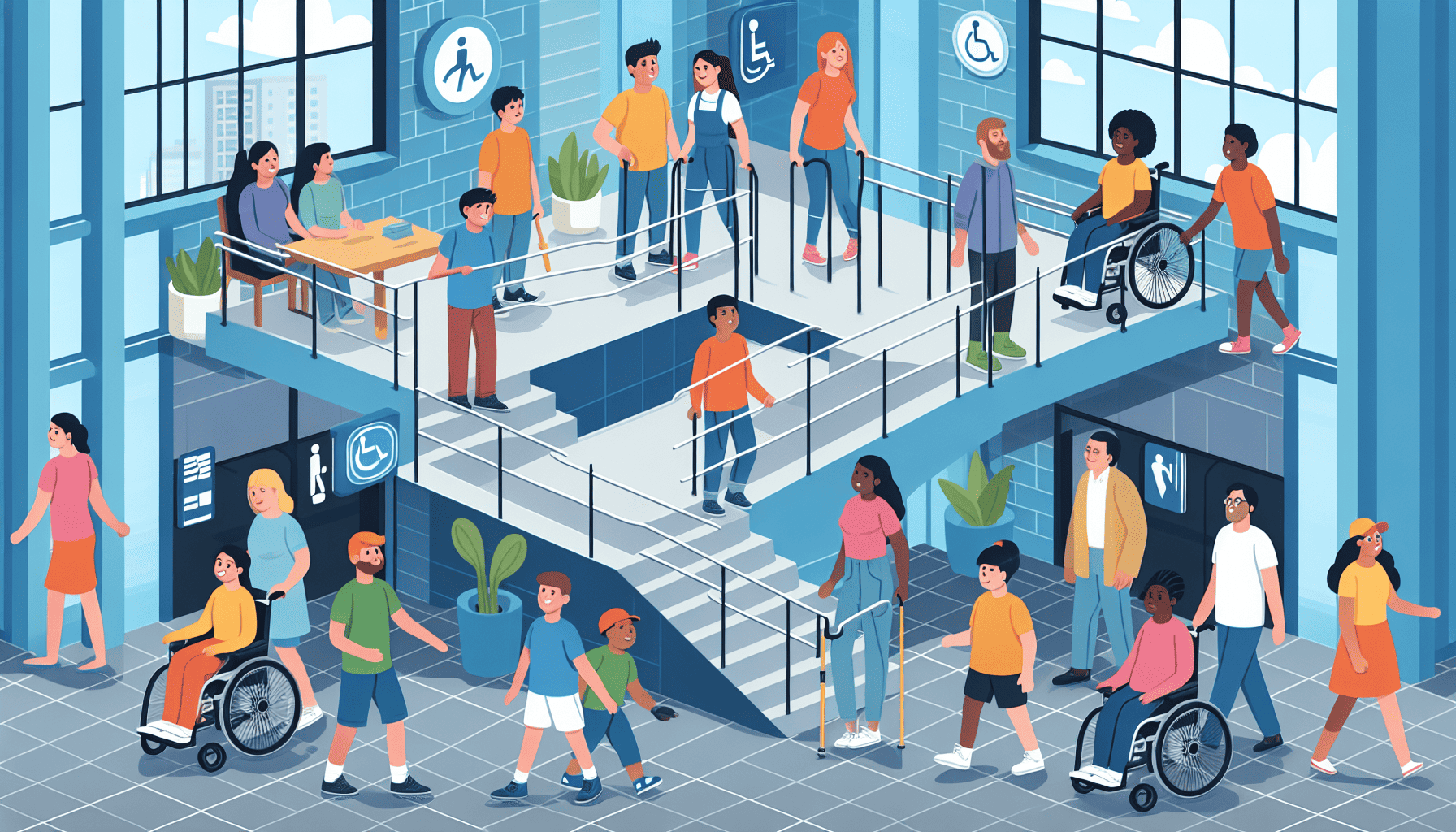In recent years, there has been a growing emphasis on making public services more inclusive and equitable. The drive towards inclusivity is fueled by the desire to ensure that everyone, regardless of their background, abilities, or socioeconomic status, has access to the resources and support they need to thrive. This movement has spurred a range of innovative solutions across various sectors, each seeking to dismantle barriers and empower individuals.
One significant innovation is the integration of technology to improve access and delivery of public services. Digital platforms and mobile applications are being developed to bridge gaps in accessibility, particularly for marginalized communities. For instance, government websites are now employing universal design principles to ensure that they are user-friendly for people with disabilities. This includes features such as screen readers, voice commands, and adjustable text sizes.
Furthermore, artificial intelligence (AI) and machine learning are being harnessed to enhance service personalization. By analyzing data, these technologies can anticipate individual needs and provide tailored support. For example, in the healthcare sector, AI-driven chatbots are assisting non-English speaking patients in navigating medical services by providing translations and explanations of procedural information in their native language.
Another avenue of innovation is community-driven service design. Public services are increasingly involving local communities in the co-creation of service solutions. This participatory approach ensures that the services are relevant and responsive to the actual needs of the community. In education, for example, schools are collaborating with parents and local organizations to develop curricula that are culturally relevant and inclusive, providing students with a more engaging and relatable learning experience.
Equitable access to education is also seeing innovation through adaptive learning technologies that cater to various learning styles and paces. Schools are implementing learning management systems that use data analytics to identify students’ strengths and challenges, allowing teachers to tailor lesson plans that maximize individual student engagement and success. This not only supports students with learning disabilities but also fosters an environment where all students can excel.
Transportation is another sector where inclusivity is taking center stage. Cities are redesigning public transit systems to accommodate people of all abilities. Innovations such as real-time updates on accessibility features, audible announcements, and tactile paving are being implemented to make transit more accessible to individuals with visual or physical impairments.
Financial services are also evolving to become more inclusive. Fintech companies are developing products designed to serve unbanked or underbanked populations, offering mobile-based banking solutions that do not require traditional banking infrastructure. These innovations empower individuals by providing them access to savings accounts, credit, and other financial services necessary for economic stability and growth.
Finally, inclusive service innovations are fostering an environment of policy collaboration across sectors. Governments and private organizations are working together to address systemic barriers through policy reforms and pilot programs. By creating cross-sector partnerships, solutions are being developed that consider the holistic needs of the people they serve.
As these innovations continue to evolve, the goal of creating a more inclusive and equitable society becomes increasingly attainable. By leveraging technology, fostering community involvement, and embracing collaborative approaches, public services can become a beacon of inclusion, ensuring that no one is left behind.
